Only logged in customers who have purchased this product may leave a review.
Begonia Autumn Ember
Habit of Growth
Medium-sized leaves spread by rhizomes and can be pinched to make a bushy, well-branched shape. The intensity of the colour of the leaves is determined by the amount of light. We have noted that there is no green at all throughout the winter, and we believe that the quality of light at that time is what turns the leaves orange. The hue of the elder leaves will gradually fade and soften.
Season of Bloom
In the winter, pink blooms appear and soar magnificently above the leaves.
Light Intensity:
For the strongest orange colouration, some direct sunshine is required. Lower light causes these begonias to become leggy, and the leaf petioles to extend, making the begonia unattractive.
Water:
It is important to dry out all begonias between watering, and even a little wilt stress is helpful to begonias. You may visually check for the soil to lighten in colour when it’s dry to the touch, or you can just raise the pot and weigh it to see whether water is required. If your begonia’s leaves begin to droop, this is another indicator that it needs to be watered.
Potting Soil:
Potting mix should be permeable and open. Standard peat-lite potting mix with perlite, vermiculite, limestone, and gypsum works nicely. A pH of 5.8-6.2 is ideal.
Pruning:
Simply trim after blooming and clip the rhizomes back if they are hanging out of the container throughout the summer to achieve a complete bushy specimen. All of these techniques will result in a full, bushy specimen.
Fertilize:
Begonias require feeding only during their active growing season, and only in moderate to light amounts of fertilizer. If you use too much fertilizer, your begonia will get leggy.
Insects and Diseases:
Begonias are rarely bothered by insects. Powdery mildew, which appears as a white powdery material on the leaves of begonias, can occur. This cultivar, on the other hand, is less sensitive to powdery mildew. In colder conditions, root disease might be a problem. To prevent root disease, plant in clay pots and avoid overwatering.
Disease Treatment:
Powdery Mildew: Powdery mildew is a simple fungus to cure. Simply combine one tablespoon of baking soda and a spritz of dishwashing detergent, stir thoroughly, then spray over the leaves. You may also spray the leaves with Neem oil.
Begonias are among the simplest and most gratifying plants to cultivate in the home. Begonia Autumn Embers texture and brilliant orange hue add aesthetic appeal to any indoor growing environment.
$80.00 $87.20 (Including GST)
Out of stock

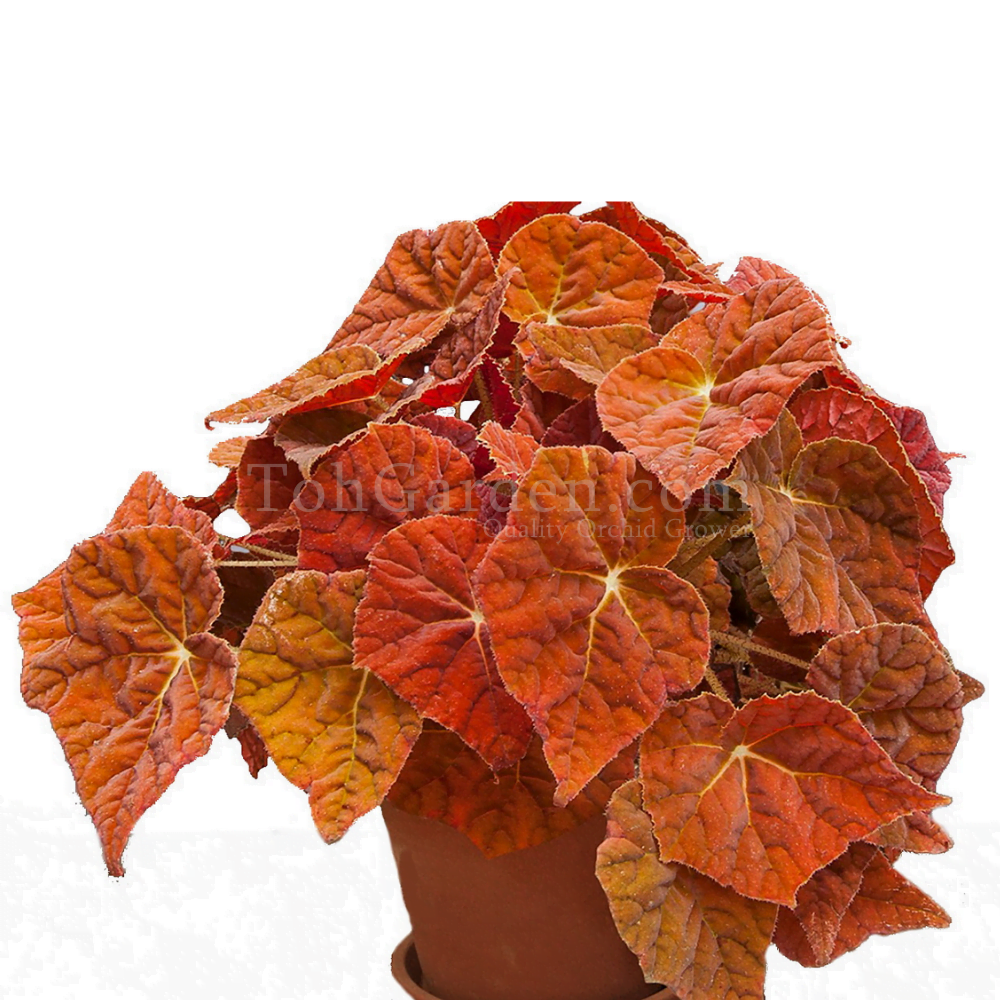
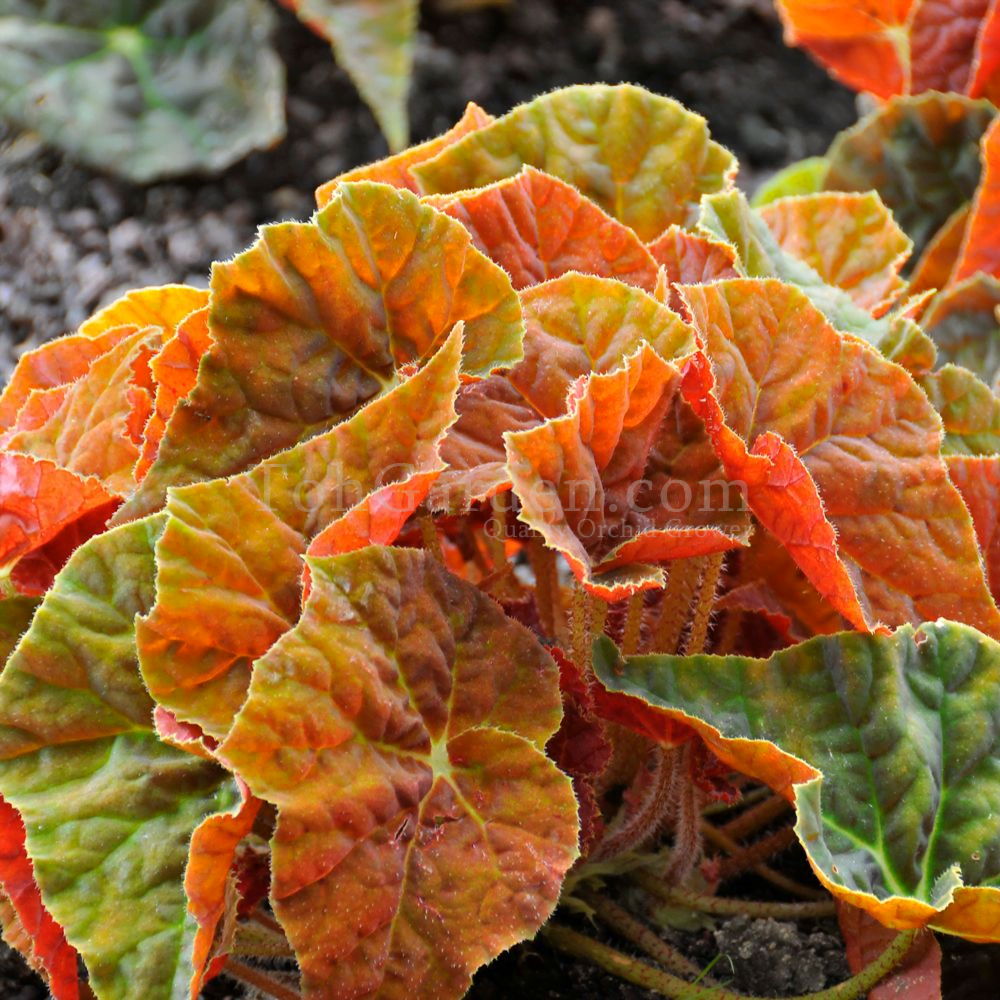




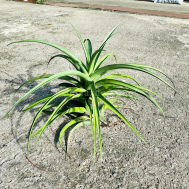
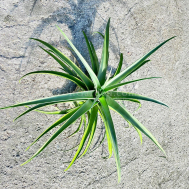
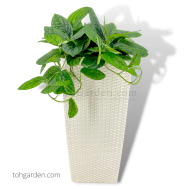
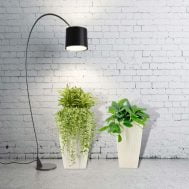
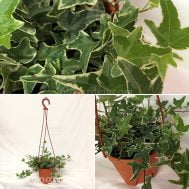
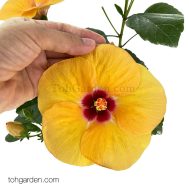
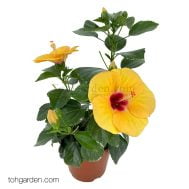
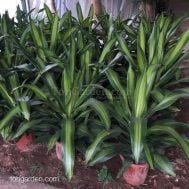
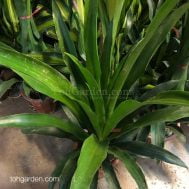
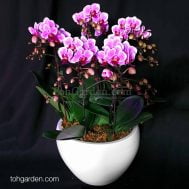
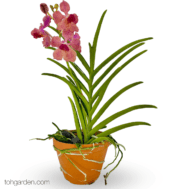
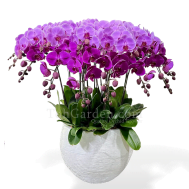
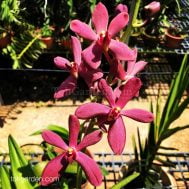
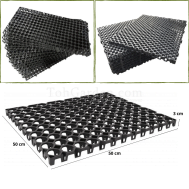
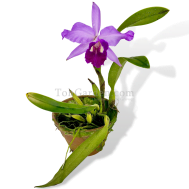
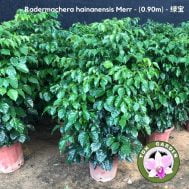
Reviews
There are no reviews yet.